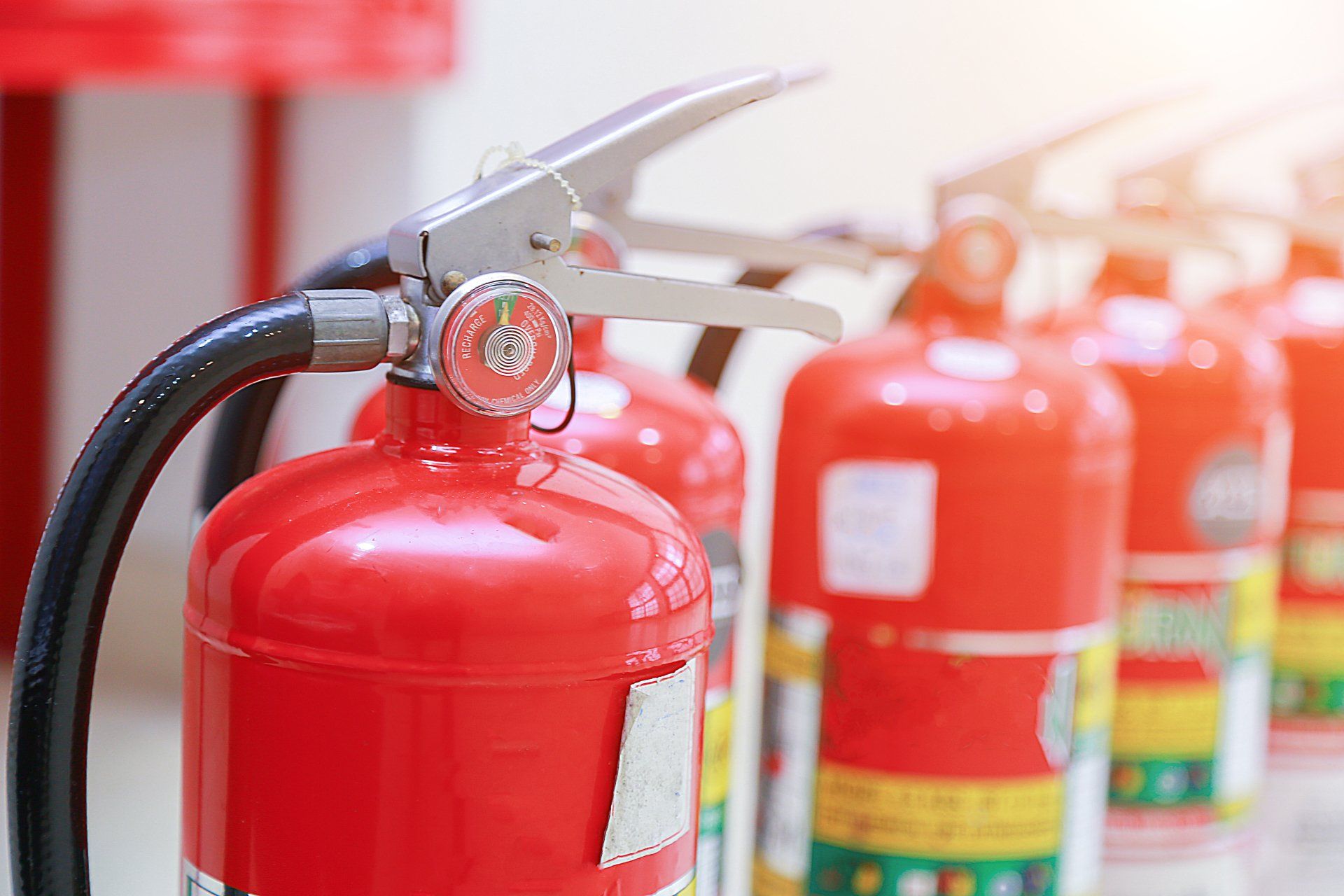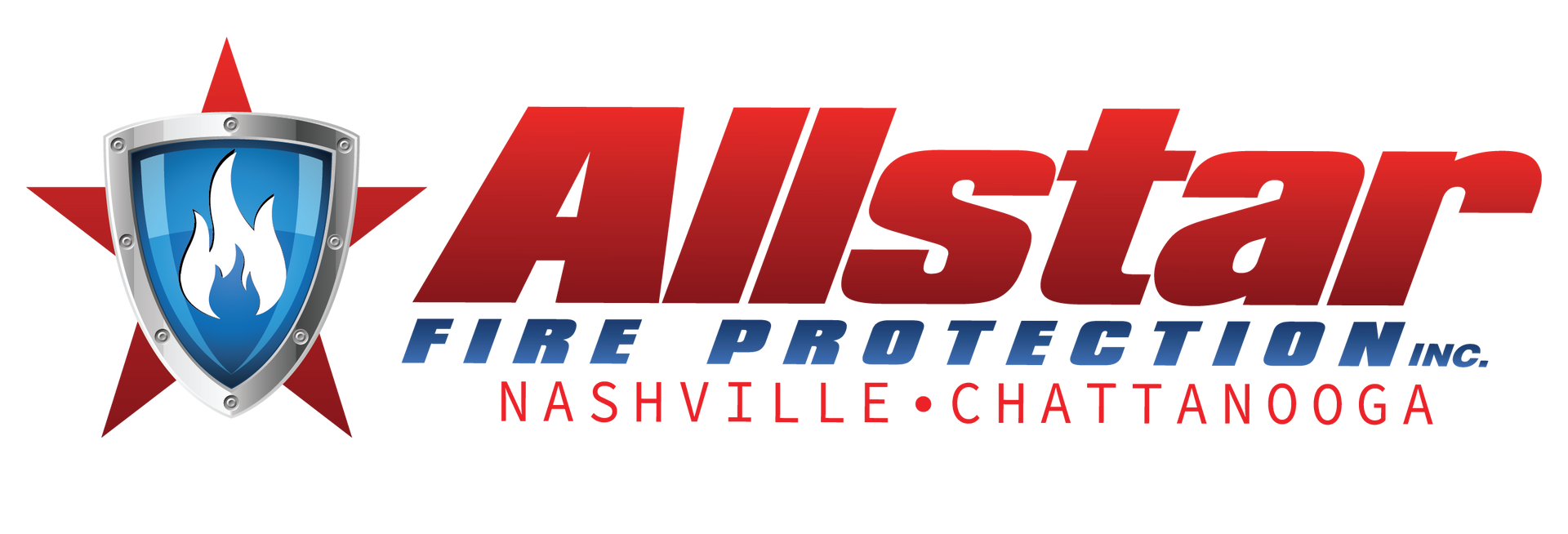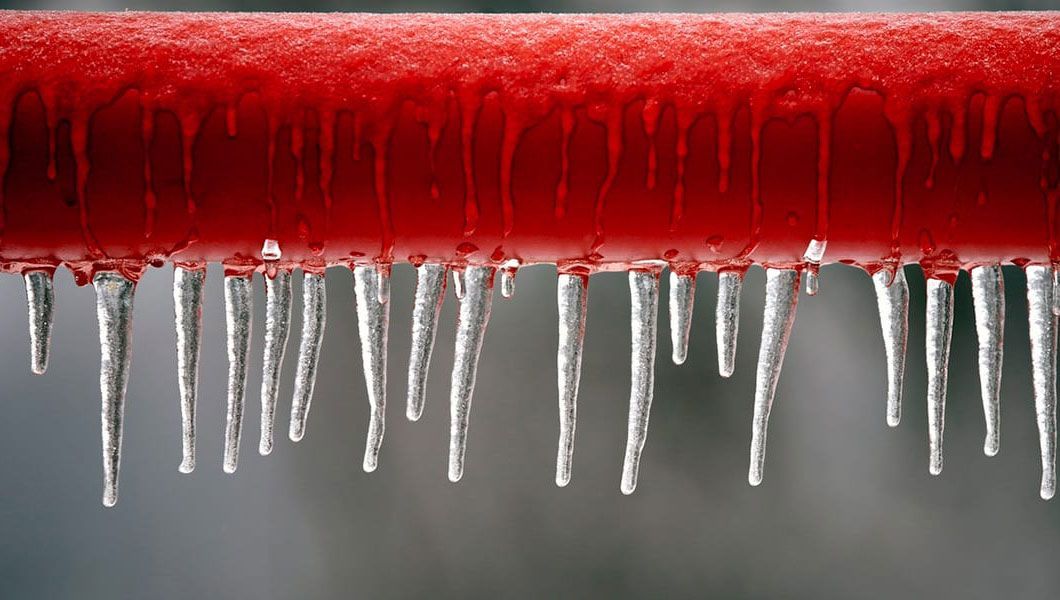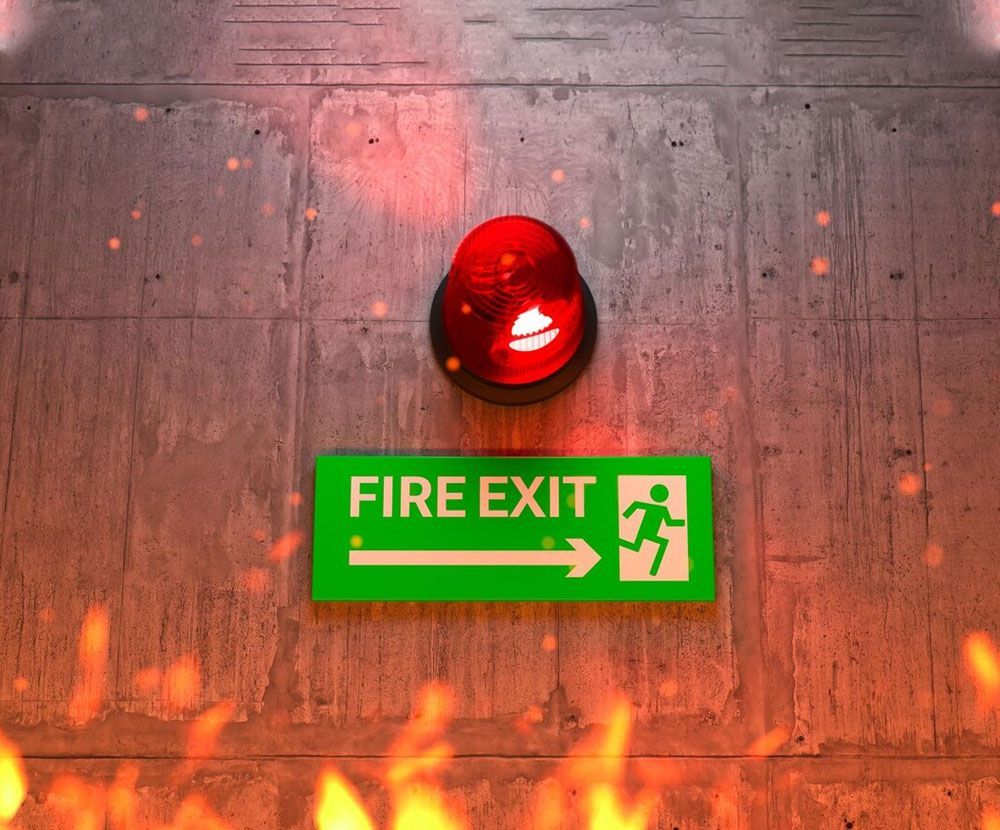
Fire Extinguishers: Picking the Perfect Partner for Every Blaze
Fire extinguishers are the trusty sidekicks in the fight against small fires. But with so many types available, choosing the right one can feel like deciphering a secret code. Fear not, fire safety warriors! This blog will equip you with the knowledge to pickthe perfect extinguisher for any potential blaze.
Fire Classification: The ABCs of Extinguishing
Before diving into extinguisher types, let's understand fire classification. Fires are grouped into classes based on the type of fuel they burn:
- Class A: Ordinary combustibles like wood, paper, and textiles.
- Class B: Flammable liquids like gasoline, oil, and grease.
- Class C: Electrical fires involving energized equipment.
There's also Class D: combustible metals like magnesium, and Class K: fires involving cooking oils and fats (often found in kitchens). Now, meet the extinguisher heroes!
Extinguisher All-Stars: Picking Your Champion
- Water (Class A): The classic red canister, perfect for ordinary combustibles. Think wood fires and paper blazes. Not suitable for liquids or electrical fires!
- Foam (Class A & B): This multi-talented extinguisher tackles both regular combustibles and flammable liquids. Ideal for garages or workshops.
- Carbon Dioxide (CO2) (Class B & C): The clean agent, CO2 extinguishers smother fires by displacing oxygen. Perfect for electrical equipment fires and delicate environments like server rooms. Remember, CO2 can displace oxygen rapidly, so ensure proper ventilation after use.
- Dry Chemical (Multi-Purpose - Class A, B, & C): The ABC of firefighting! Dry chemical extinguishers are versatile and effective against ordinary combustibles, flammable liquids, and electrical fires. Great for general purpose use. Not ideal for delicate electronics due to potential residue.
- Wet Chemical (Class K): This kitchen rescuer tackles kitchen fires fueled by cooking oils and fats. Not for general use!
Remember: Always prioritize evacuation over fighting fires. Extinguishers are for small, contained fires only.
Beyond the Basics: Choosing the Right Size and Maintaining Your Fire Extinguisher
Fire extinguishers come in various sizes. Choose one that's both powerful enough for potential firesand manageable for you to wield. Regular maintenance is crucial. Refer to the manufacturer's instructions and have your extinguisher serviced by a qualified professional. For most businesses, regular inspections are required by the local fire marshal or municipality codes. Check with your local code enforcement or professional Fire safety team for guidance.
Fire safety starts with knowledge. By understanding fire classifications and extinguisher types, you're empowered to make informed decisions and keep your loved ones and property safe. For more information, contact Allstar Fire Protection. Allstarfireprotection.com or 615-865-5600.






